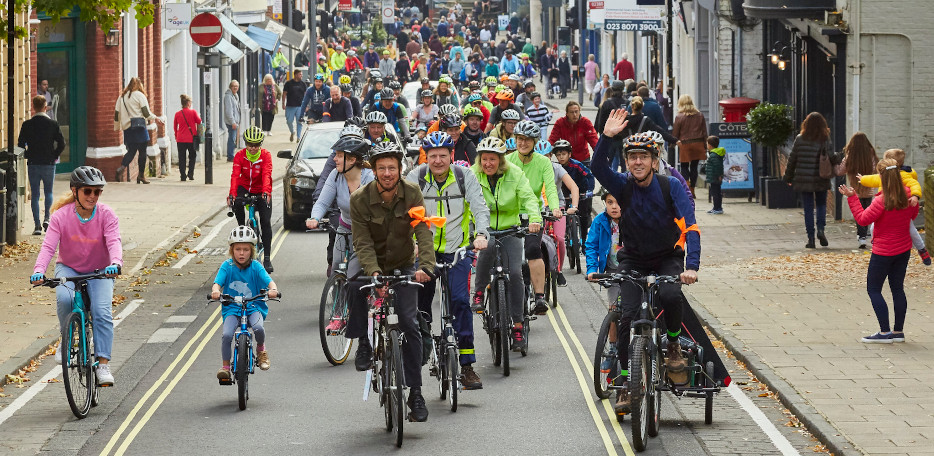Notes for Riders
The following notes are designed to make our rides safe and enjoyable for all. Before your first ride, please read through the notes so you are familiar with what to expect, what to bring, and rider etiquette and safety.
Notes for Ride Leaders
These notes cover all aspects of planning and leading a ride including use of Ride Winchester and dealing with incidents on the road. They are to help new leaders and provide an aide-memoire for existing leaders. Before you lead a ride for the first time, please read this document and the Notes for Riders. There is also a downloadable Ride Leader Checklist for you to print and carry with you on a ride or store on your phone.
Other useful information
- Warning calls for group riding
- What emergency contact information should you bring on a ride?
- How to set up emergency contact information on your phone lock screen


